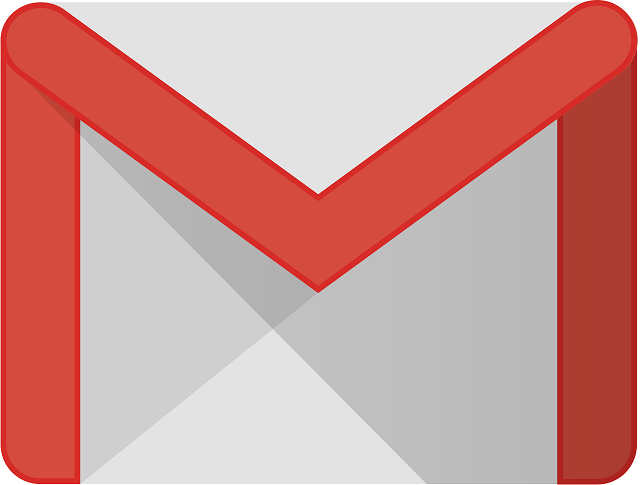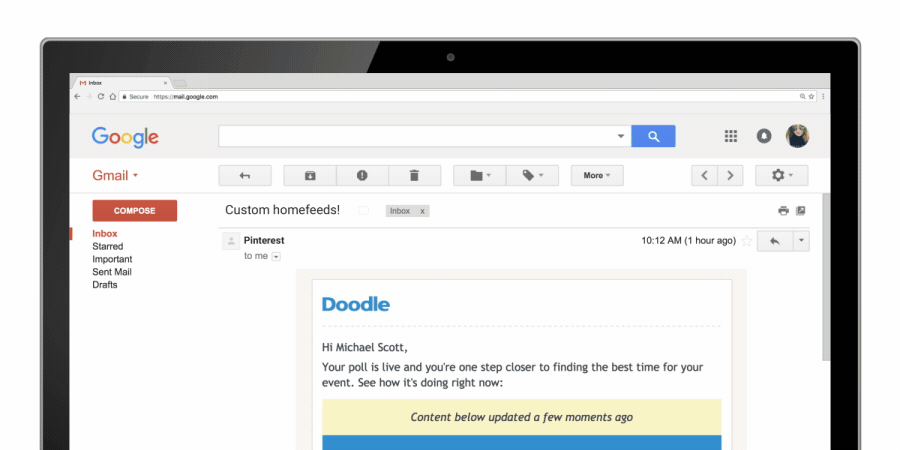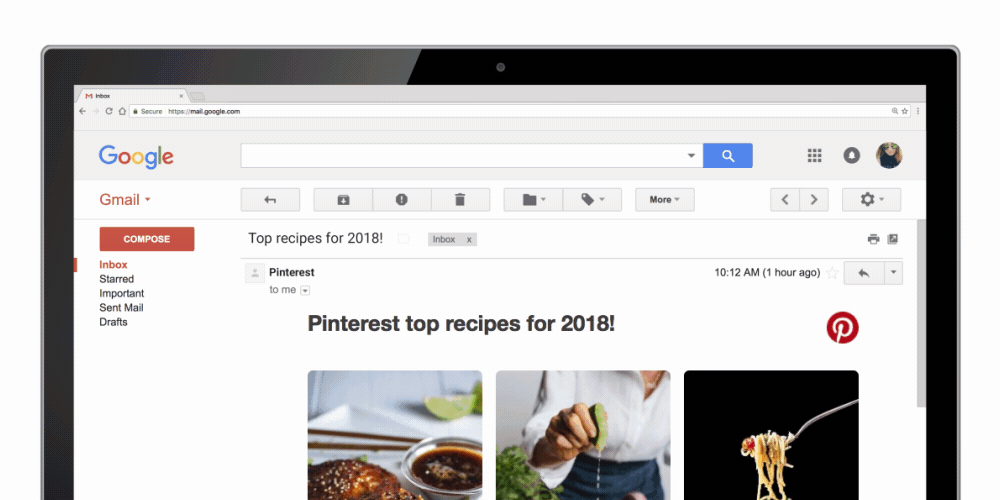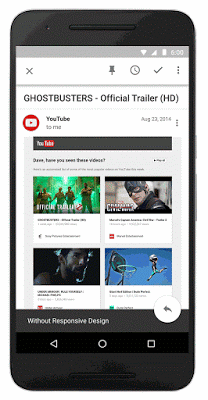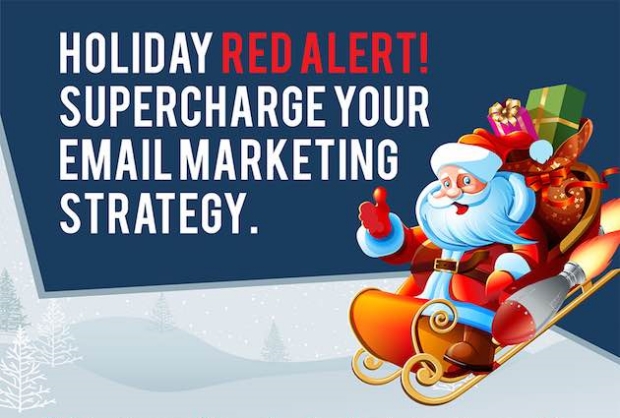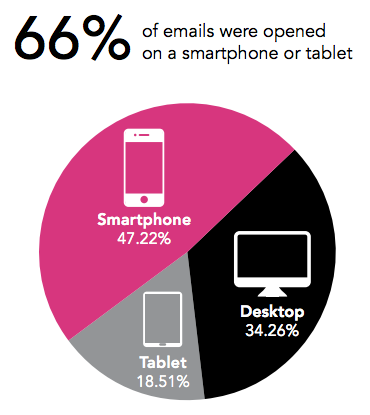Facebook is testing the idea of adding an entirely new type of service to its already large umbrella – email. Several small-to-medium businesses are seeing a new set of tools on the site which make it possible to send marketing emails to your customers.
With the tools, businesses could not only compose and send emails directly through Facebook, but track their performance with detailed analytics as well.
In a statement to AdWeek, Facebook confirmed the test, saying it will be limited to a small number of businesses:
“We’re testing new email marketing tools with a small number of businesses to help them more efficiently notify their customers of changes to their services and operations.
We’re evaluating whether these tools are beneficial for people and businesses before deciding whether to expand it further.”
Of course, if the feature is well received, it is likely to be implemented into the main Facebook system and made available to everyone.
How To Send Marketing Emails Via Facebook
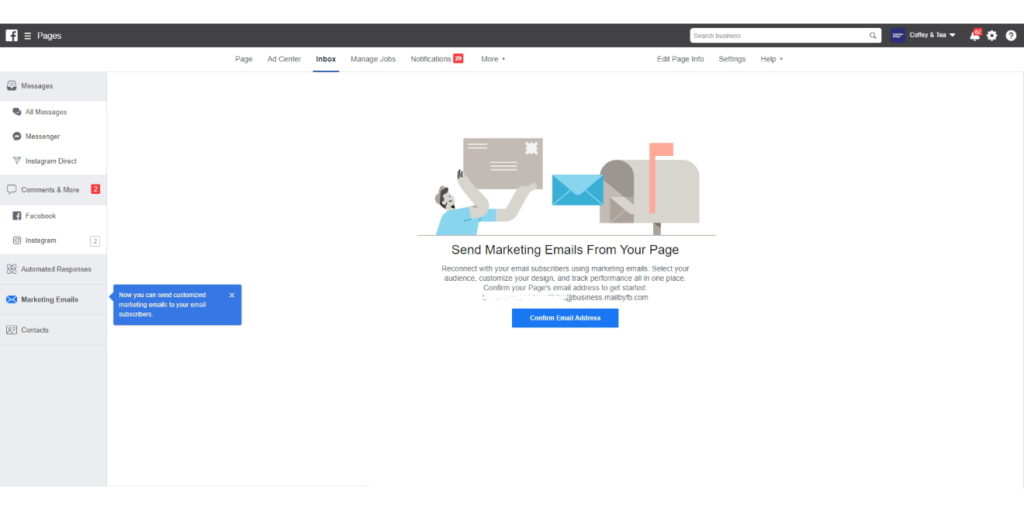
While I personally haven’t been able to find the tool, those who have been given access are being alerted via a pop-up message near the left sidebar menu.
Once you have clicked the Marketing Emails tab, you are directed to a prompt to confirm your new Facebook email address:
“Reconnect with your email subscribers using marketing emails. Select your audience, customize your design, and track performance all in one place. Confirm your Page’s email address to get started.”
After your email address has been confirmed, you will then be able to begin adding email contacts to your list. This can be done individually or in bulk using a spreadsheet.
During this process, you will be asked to confirm that you have received permission to send promotional messages to these contacts.
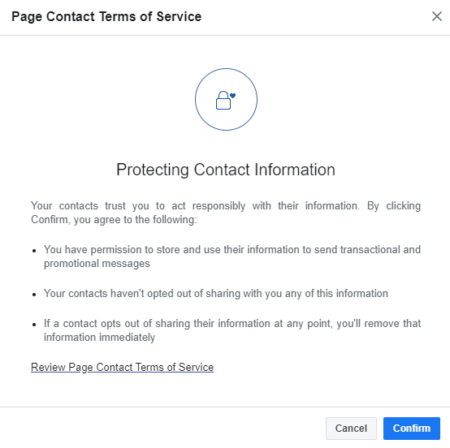
With this process complete and your contacts uploaded, you can now start composing and sending email messages using the Pages app.
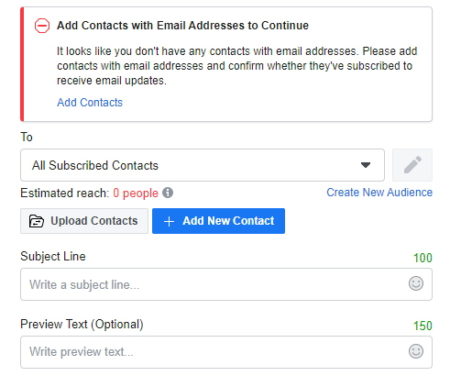
A Free Solution For Businesses Without Email
For businesses that currently do not have a professional email account established, the tool could provide a potentially powerful way to craft and send messages that look more professional than what can be achieved through other free clients like Gmail.
However, it is unclear whether the tool will allow businesses to receive email responses, raising questions about its usefulness outside of sales promotions or fliers.
For now, this is a test to keep an eye on as more people get the chance to try it for themselves.

